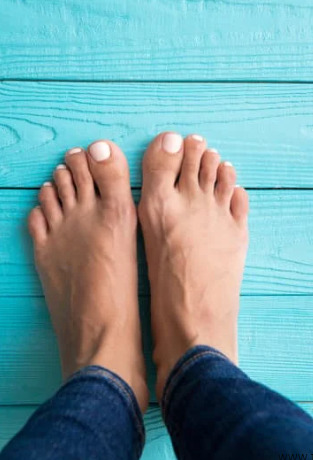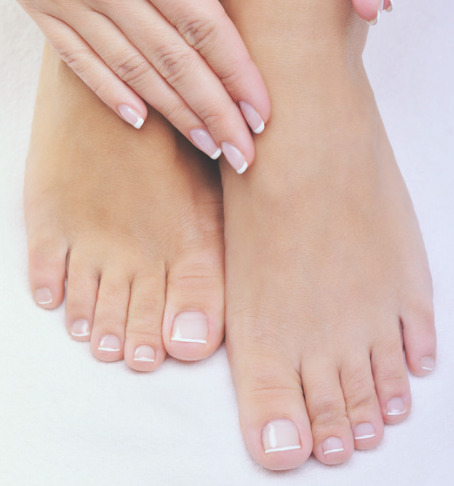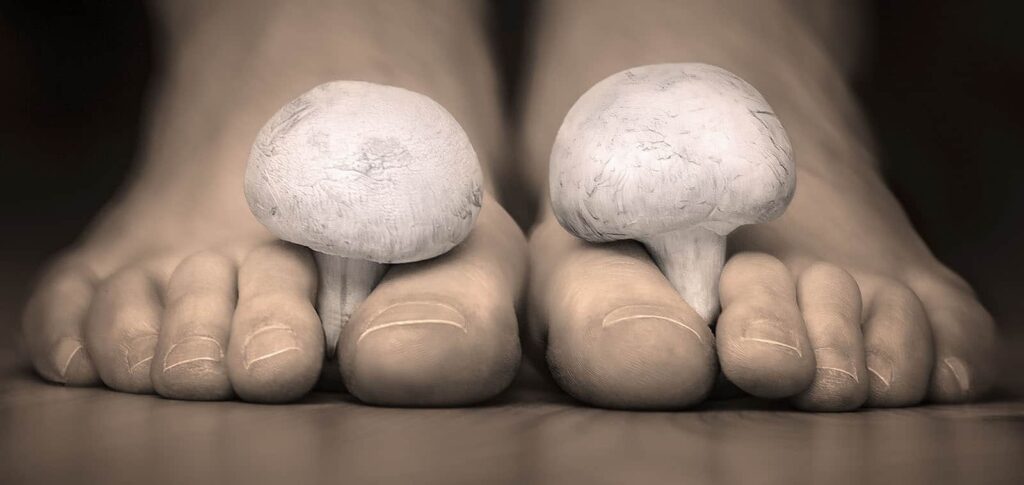Juvenile plantar dermatosis
Juvenile plantar dermatosis Juvenile plantar dermatosis is a skin condition that primarily affects children, characterized by dry, scaly patches on the soles of the feet. It often appears during the early school years and can cause discomfort or pain. Signs & Symptoms of Juvenile plantar dermatosis It occurs as shiny, red patches on the […]
Juvenile plantar dermatosis Read More »










